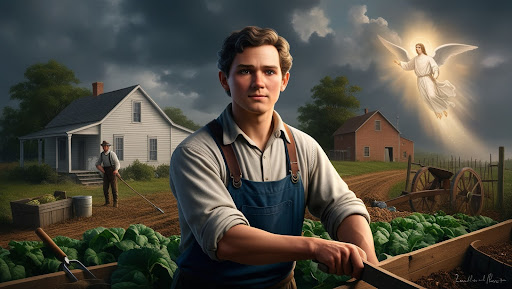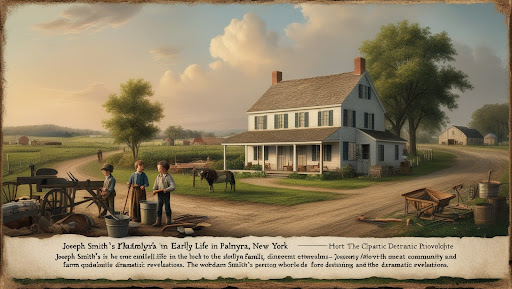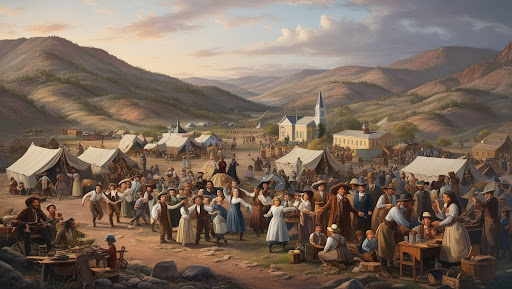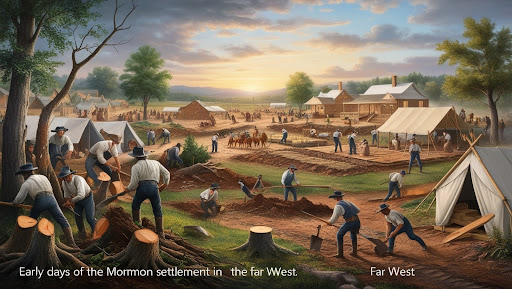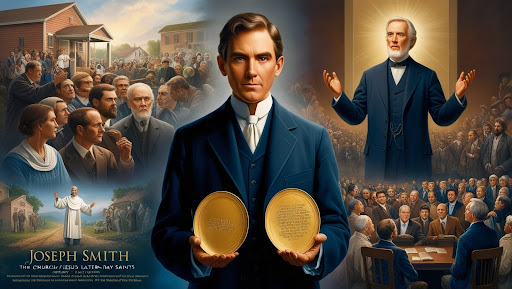Kirtland: Where Mormons Turned Dreams into Reality
Kirtland, Ohio. It might not sound like much now, but back in the day, this spot was where the Mormon dream got real. Picture this: a whole crew of believers, fresh off the struggle in New York, rolling into Kirtland with nothing but faith and determination. They were about to take the wild visions of Joseph Smith and turn them into something concrete—literally. Kirtland wasn’t just a stop on the map; it was where the movement leveled up. This is the story of how the Mormons took their dreams and made them reality in Kirtland, brick by brick, vision by vision.
From Nothing to Something: Building the Kirtland Vibe
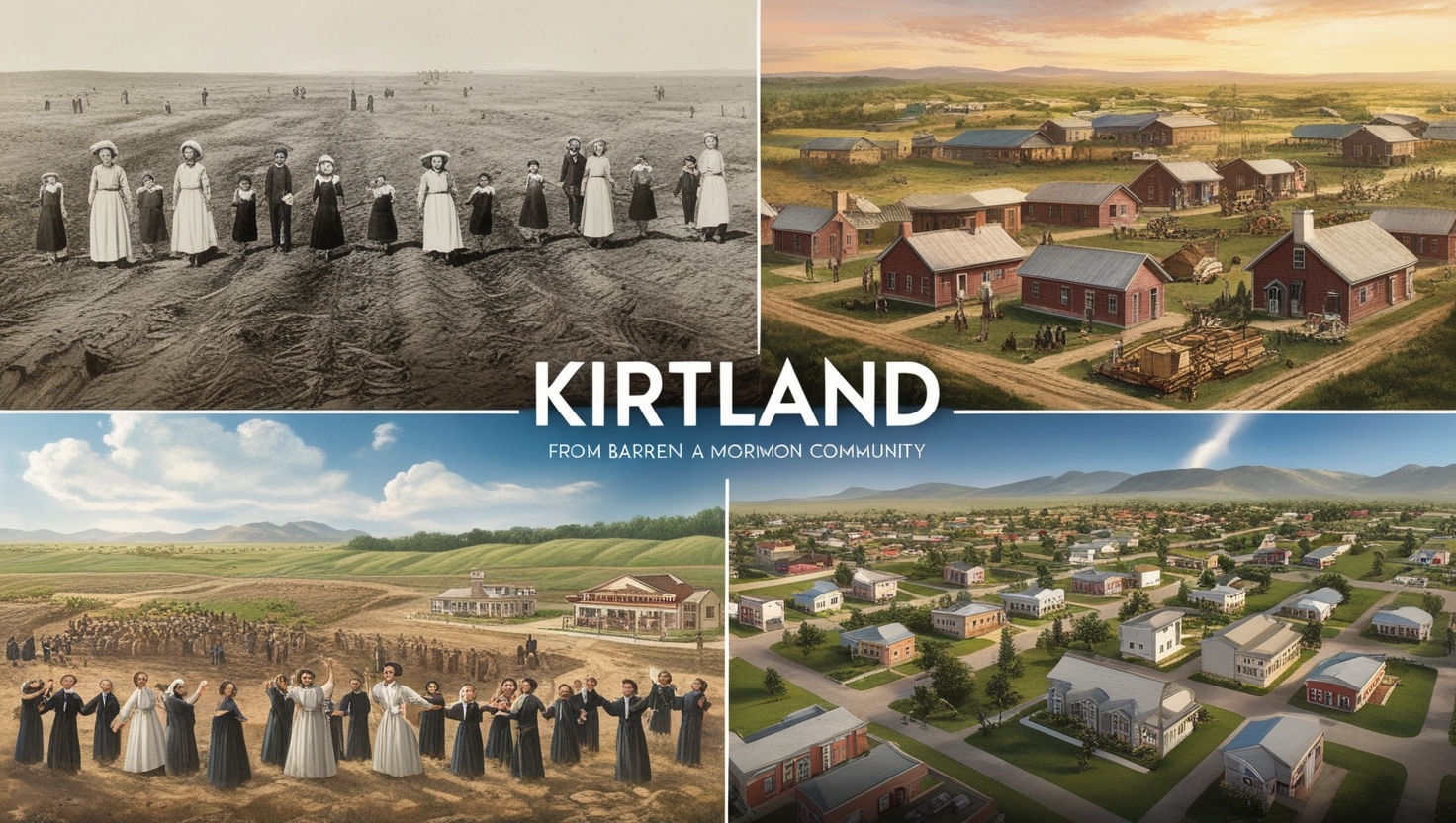
When the Mormons hit Kirtland, they were rolling in with nothing but big hopes and empty hands. They had no infrastructure, no established base, nothing but wide-open land and some serious ambition. But these people weren’t the type to sit back and wait for things to happen—they made things happen. They got busy building, and before long, they had turned that empty Ohio landscape into a buzzing community. Homes, schools, businesses—all of it sprouted up from the ground like the faith that fueled them.
Settling in:
-
Arriving with nothing but faith.
-
Seeing potential in an empty land.
-
Starting from scratch, building homes.
Creating a community:
-
Constructing houses and schools from scratch.
-
Setting up businesses to keep things running.
-
Fostering a strong sense of belonging.
Facing challenges:
-
Overcoming economic struggles.
-
Dealing with skepticism from outsiders.
-
Staying motivated despite hardships.
Building wasn’t just about laying bricks and raising walls. It was about creating a space where they could live out their beliefs. The Mormons saw Kirtland as a blank canvas, and they were the artists. Every building, every street, every meeting place was a reflection of their faith, their unity, and their drive. It was all about turning visions into something you
The Building of the Kirtland Temple

One of the biggest projects the Mormons took on in Kirtland was the building of the Kirtland Temple. Now, this wasn’t just another building—it was the heart and soul of their new community. The temple represented everything they believed in, a sacred space where heaven and earth could meet. The vision for it came straight from Joseph Smith, and once that vision was out there, the entire community got behind it. No matter if you were a carpenter, farmer, or someone who barely knew how to swing a hammer, everyone contributed what they could.
The Vision:
-
Joseph Smith’s idea of a sacred space.
-
Rallying the community around the project.
-
The temple as a symbol of faith.
Hard work:
-
Everyone contributing in their own way.
-
Sacrificing time, money, and comfort.
-
Building with a mix of skill and determination.
Spiritual significance:
-
A place where heaven meets earth.
-
Dedicated with emotional, spiritual highs.
-
Becoming the heart of the community’s faith.
Building the temple wasn’t easy. It took serious time, effort, and resources. People sacrificed their time, their money, and sometimes their comfort to make sure this project came to life. And it wasn’t just about the physical labor; it was a spiritual journey, too. Every brick they laid, every beam they raised had a purpose beyond just holding up a roof—it was about creating a holy space where their faith could grow even stronger. The Kirtland Temple was where their spiritual and physical worlds came together.
Visions, Revelations, and Miracles
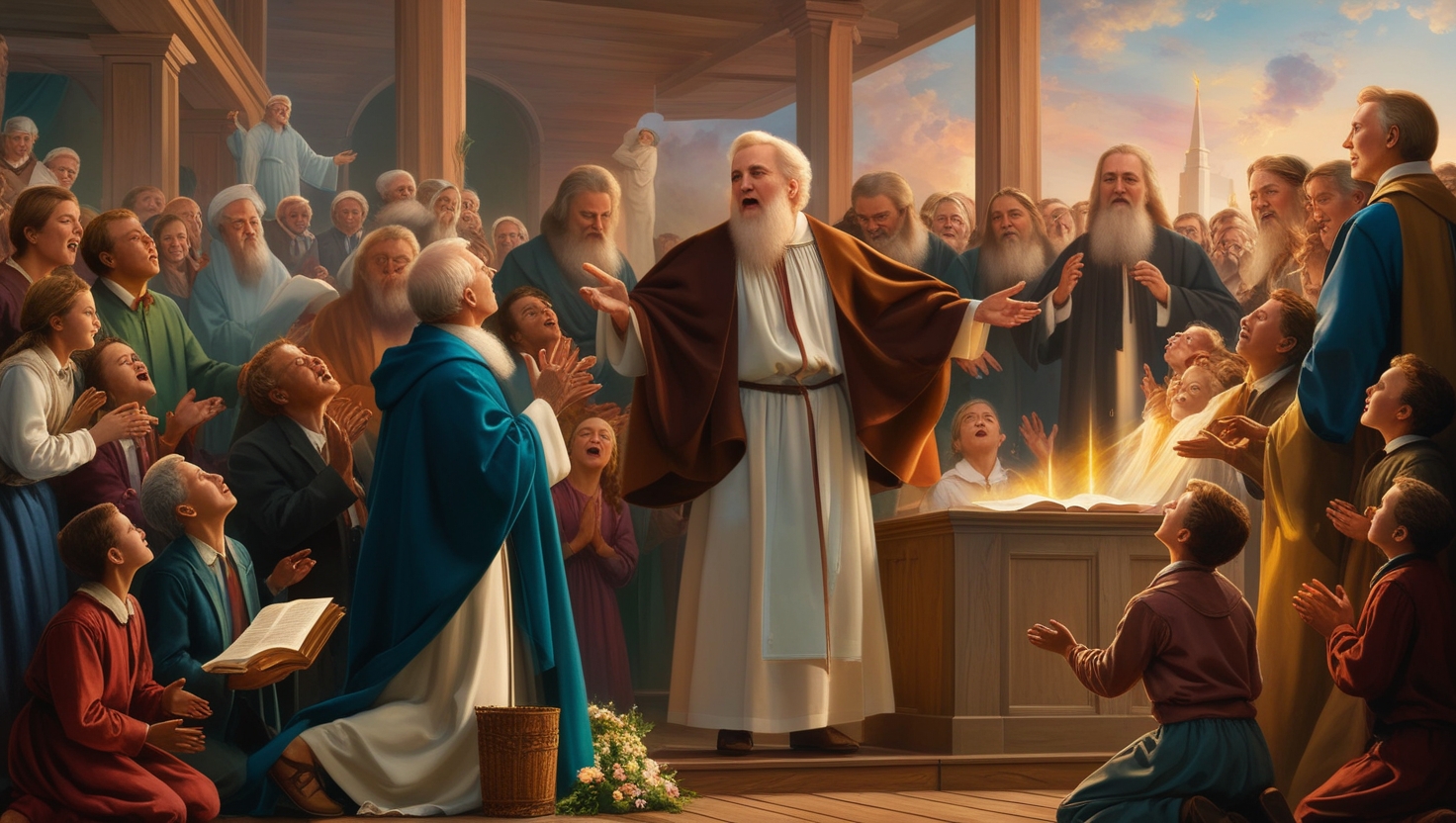
Kirtland wasn’t just about building physical structures—it was also a spiritual hotspot. If Palmyra was where the Mormon story started, Kirtland was where it got real deep. This place became the epicenter of major revelations and spiritual experiences that shaped the future of the movement. Joseph Smith was out here receiving divine messages on the regular, and the entire community felt like they were on the brink of something huge. Kirtland was buzzing with spiritual energy, and it kept the faith alive and kicking.
Revelations:
-
Joseph Smith receiving divine guidance.
-
Laying down new doctrines for the movement.
-
Visions shaping the future of the church.
Spiritual energy:
-
Kirtland buzzing with religious experiences.
-
Community members experiencing miracles.
-
Feeling closer to God through collective faith.
Faith on fire:
-
New revelations fueling the movement’s growth.
-
Defining what the church stood for.
-
Keeping the spirit alive through spiritual highs.
These revelations weren’t just about guiding the community; they were about laying down the foundation for what the church would become. Joseph was out here getting visions that defined how the church would run, what they believed in, and how they would continue to grow. The Mormons in Kirtland were part of something bigger than themselves, and every new revelation felt like another piece of the puzzle falling into place. The spiritual flex was
The Rise and Fall of the Kirtland Bank

As the community in Kirtland grew, so did their need for resources. The Mormons weren’t just building a town; they were building an economy. To keep things moving, Joseph Smith and his crew set up the Kirtland Safety Society—a bank meant to fund their dreams and keep the community running. At first, it seemed like the move that would take Kirtland to the next level. Money flowed, projects grew, and the future looked bright.
Financial dreams:
-
Establishing the Kirtland Safety Society.
-
Funding the community’s growth and projects.
-
Initial success fueling big ambitions.
Economic reality:
-
Facing the U.S. economic downturn.
-
Struggling to keep the bank afloat.
-
Financial issues shaking the community’s foundation.
Lessons learned:
-
Adapting in the face of financial collapse.
-
Understanding the risks of big dreams.
-
Preparing for future economic challenges.
But economics can be a tricky game, and the Kirtland Safety Society hit some serious bumps. When the U.S. economy took a downturn, the bank felt the squeeze. Loans couldn’t be repaid, investments fell through, and suddenly, the dream started to look a little shaky. The financial struggles hit hard, not just in their wallets, but in their spirits, too. Kirtland had been built on faith, but even the most faithful community couldn’t escape the realities of an economic crash.
The Tight-Knit Mormon Community
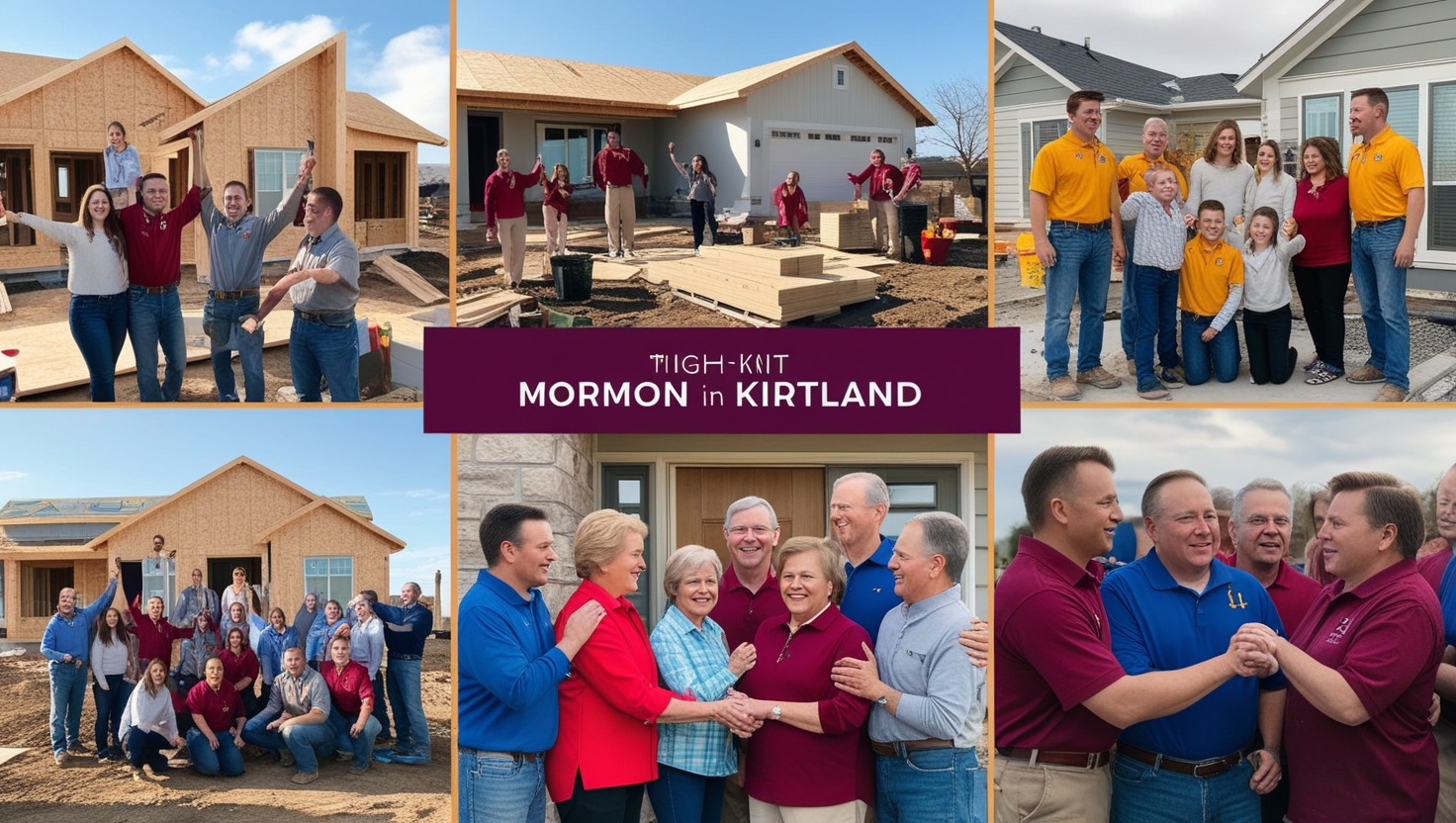
Kirtland wasn’t just about buildings and banks—it was about people. The Mormons who settled in Kirtland weren’t just looking for a place to live; they were looking for a place to belong. And that’s exactly what they built. The community in Kirtland became a tight-knit squad that looked out for each other, worked together, and shared a common goal. This wasn’t just a group of people; it was a family of believers who had each other’s backs, no matter what.
Unity:
-
Building a strong sense of belonging.
-
Supporting each other through thick and thin.
-
Sharing the same faith-driven goals.
Collective efforts:
-
Everyone playing a role in the community.
-
Working together to make the dream happen.
-
Celebrating successes as a group.
Overcoming challenges:
-
Facing opposition with a united front.
-
Maintaining faith despite outside pressures.
-
Strengthening the community through struggles.
Building a strong community wasn’t easy, especially when the world outside wasn’t exactly cheering them on. The Mormons in Kirtland faced their share of challenges, from economic struggles to external opposition. But through it all, they stuck together. They shared what they had, supported each other through the tough times, and celebrated their successes as a team. The unity in Kirtland wasn’t just about surviving—it was about thriving as a group, building a life that reflected their faith and their values.
When Opposition Came Knocking
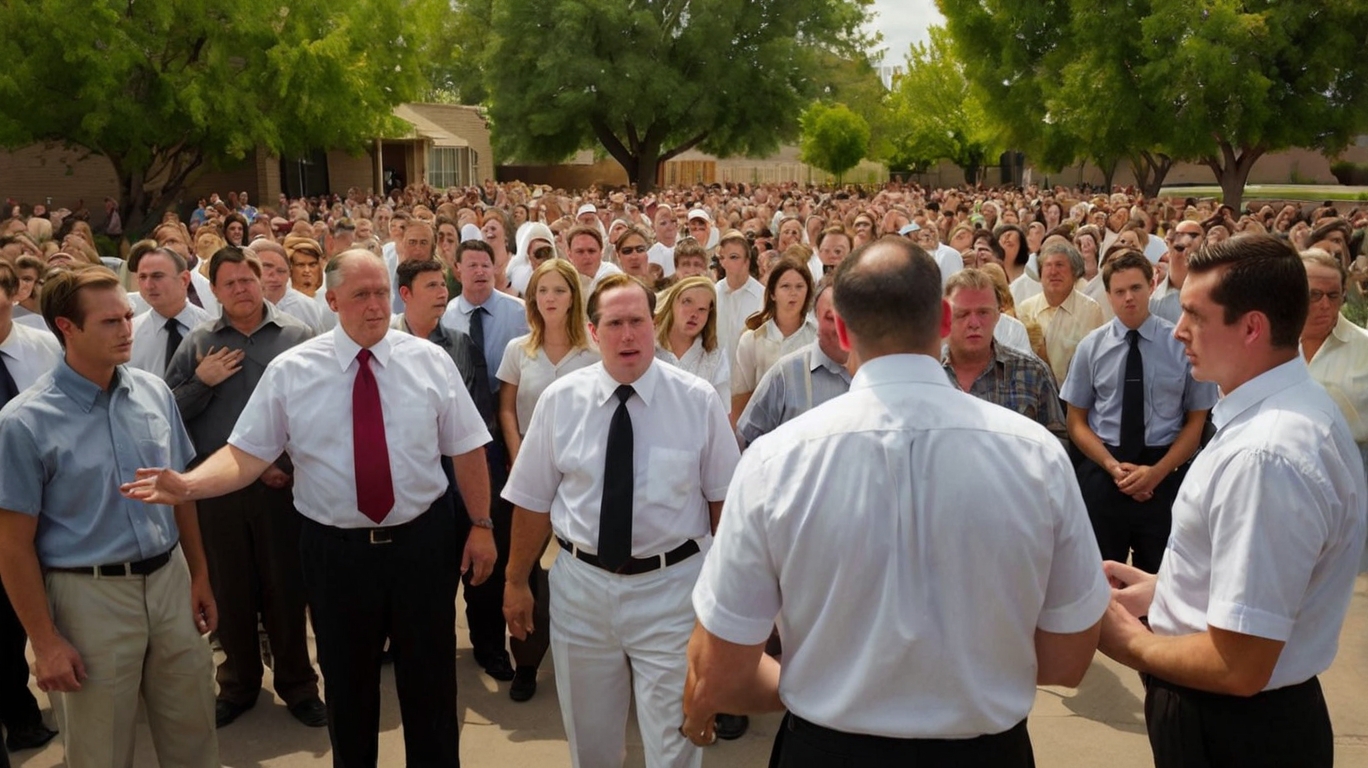
Of course, not everyone was vibing with what the Mormons were doing in Kirtland. As their community grew, so did the tension with those who didn’t share their beliefs. Opposition wasn’t anything new for the Mormons—they had faced plenty of haters back in New York—but in Kirtland, things got intense. Locals who didn’t get the Mormon vision started pushing back, and before long, life in Kirtland got complicated.
Tension building:
-
Locals questioning the Mormon vision.
-
Mobs forming and disrupting peace.
-
Life in Kirtland getting complicated.
Physical threats:
-
Confronting violent opposition.
-
Political tensions adding to the struggle.
-
Faith being tested by external forces.
Resilience:
-
Staying focused despite opposition.
-
Using resistance as motivation to keep going.
-
Turning challenges into opportunities for growth.
The opposition wasn’t just about disagreements over faith; it became physical, political, and emotional. Mobs formed, tensions rose, and the peaceful life the Mormons were trying to build got disrupted by outsiders who didn’t want them around. It was like every step forward came with new challenges, new threats, and new struggles. But just like before, the Mormons stood strong. They weren’t about to let a little drama knock them off course.
The Decision to Leave Kirtland
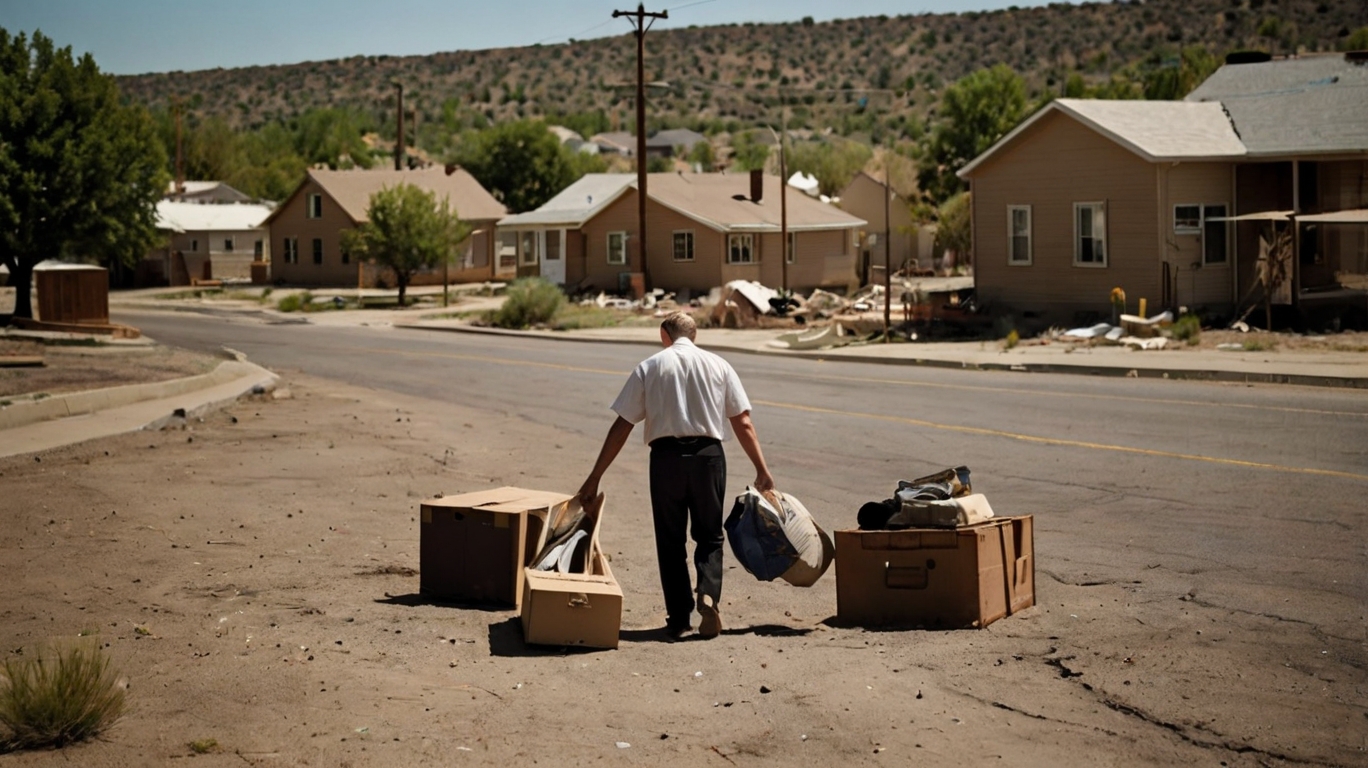
As much as the Mormons loved Kirtland, the dream started to unravel. Between the economic struggles, the external opposition, and the internal tensions, it became clear that Kirtland wasn’t going to be their forever home. It was a tough pill to swallow. They had built so much, sacrificed so much, and believed so deeply in the Kirtland vision. But sometimes, even when you’ve put your heart and soul into something, you have to know when it’s time to move on.
Unraveling dreams:
-
Economic collapse shaking the foundation.
-
Opposition making life harder by the day.
-
Realizing Kirtland wasn’t the final destination.
Tough decisions:
-
Saying goodbye to what they had built.
-
Packing up and moving to the next chapter.
-
Balancing heartbreak with hope for the future.
Moving forward:
-
Carrying the Kirtland spirit with them.
-
Learning from the Kirtland experience.
-
Building the future with new strength and vision.
Deciding to leave Kirtland wasn’t easy. This place had been the backdrop to so many important moments in Mormon history—the temple, the revelations, the community. But the signs were clear: it was time for the next chapter. Packing up and leaving meant saying goodbye to everything they had built, but it also meant stepping into a new future, one that held the promise of even greater things to come.
Lessons That Echoed Through Mormon History
Kirtland might not have been the final destination, but its legacy echoed through every chapter of Mormon history that followed. The spiritual lessons learned in Kirtland—the visions, the revelations, the miracles—became the foundation for future growth. The experiences in Kirtland helped shape the doctrines and practices that the Mormons would carry with them to their next home and beyond. Kirtland was more than just a place—it was a spiritual school that taught them what they needed to know to keep the faith alive.
|
Spiritual Impact
|
Community Building
|
Financial Lessons
|
Enduring Legacy
|
|
Visions and revelations shaping the faith.
|
Kirtland as a blueprint for future settlements.
|
Understanding the balance between faith and economics.
|
Lessons from Kirtland carried forward.
|
|
Spiritual highs that inspired generations.
|
Strengthening unity through collective efforts.
|
Preparing for economic realities in future endeavors.
|
Kirtland spirit influencing new Mormon communities.
|
|
Miracles that kept the faith alive.
|
Building strong, resilient communities in new locations.
|
Adapting financial strategies for long-term success.
|
Kirtland’s influence echoing throughout history.
|
The community-building efforts in Kirtland also left a lasting impact. The sense of unity and shared purpose that was so strong in Kirtland became a model for future Mormon settlements. Whether it was Nauvoo or Salt Lake City, the lessons learned in Kirtland about how to build a strong, resilient community stuck with them. Kirtland was the blueprint, and the Mormons used it to build something even bigger and better as they moved forward.
Our other articles:
Joseph Smith, the man, the myth, the prophet. Some say he was just a small-town kid with big dreams, but that kid from upstate New York straight-up changed the game. From visions and golden plates to building cities and founding one of the most influential religions in the world, Joseph Smith's life reads like the ultimate plot twist.
Yo, ever wonder how a whole movement kicks off? Like, where does it all start? Well, for the Mormons, it all began in a tiny town in New York that no one had ever heard of. We're talking about Palmyra, a quiet spot that ended up being the birthplace of something way bigger than anyone could’ve imagined.
So, imagine this: a crew of believers rolling into Jackson County, Missouri, thinking they’ve just landed in their version of paradise—Zion, the promised land. These Mormons were hyped and ready to build a new world from the ground up. But, things didn’t go as smoothly as planned. This wasn’t just some chill relocation; it turned into a full-on rebellion, with tensions rising, mobs forming, and dreams getting shattered.
Alright, fam, buckle up because we’re diving into the wild ride that was the Mormon migration to Far West. Picture this: a crew of pioneers, bursting with dreams and determination, rolling up to what they hoped would be their new spiritual epicenter. Far West wasn’t just another spot on the map; it was their chance to build a fresh new world.
Yo, history buffs and curious minds alike, get ready to dive into the untold tales of some seriously epic Mormons who shaped the faith in ways you might not know. We’re talking about those behind-the-scenes legends whose stories are just waiting to be uncovered.
